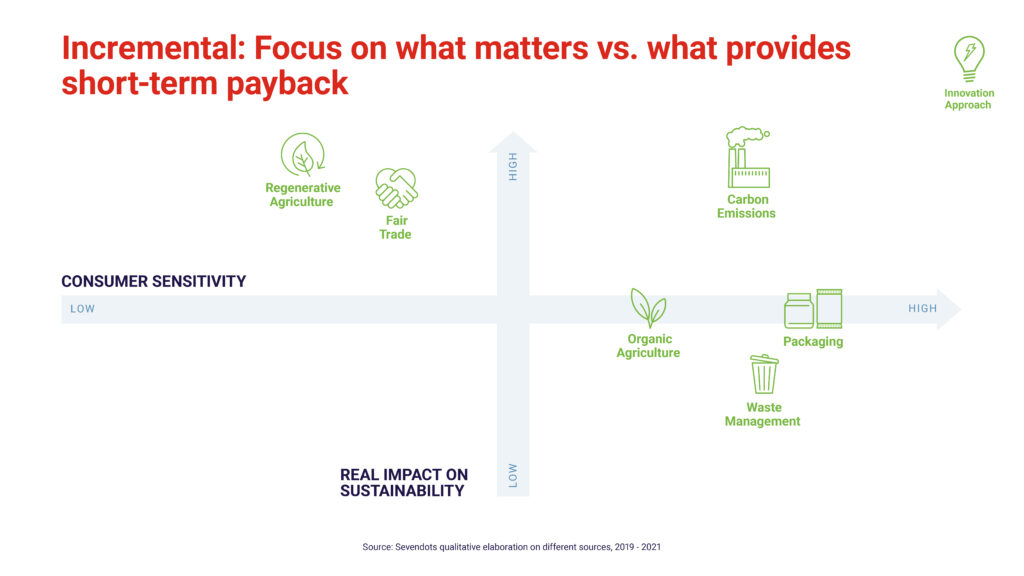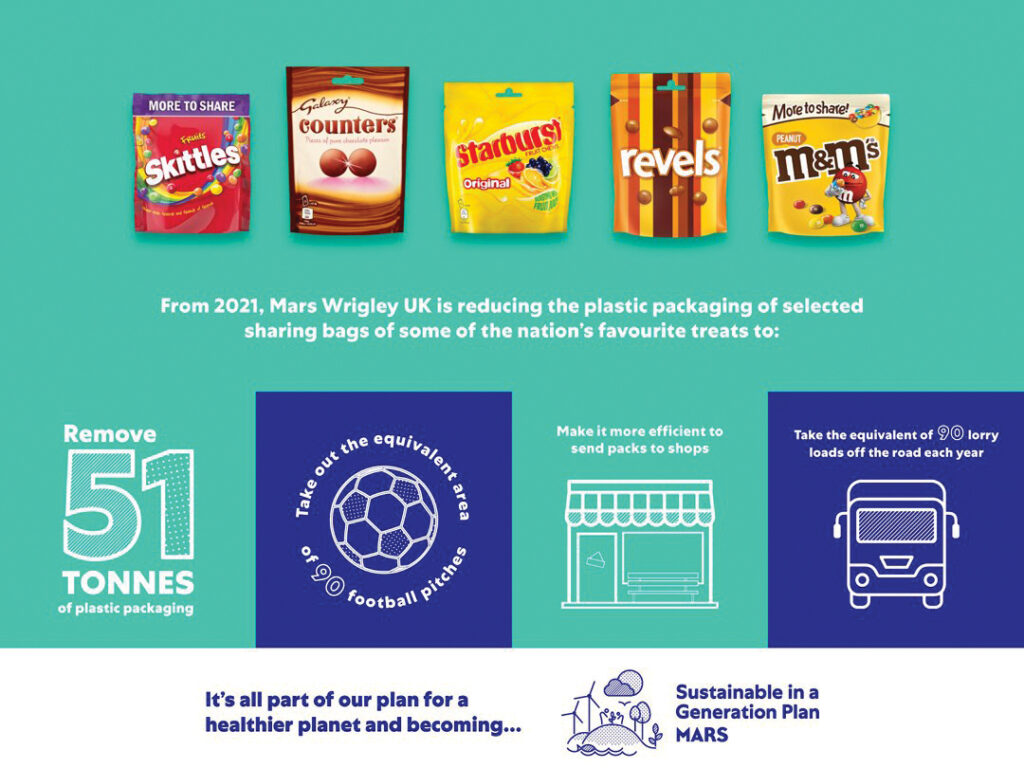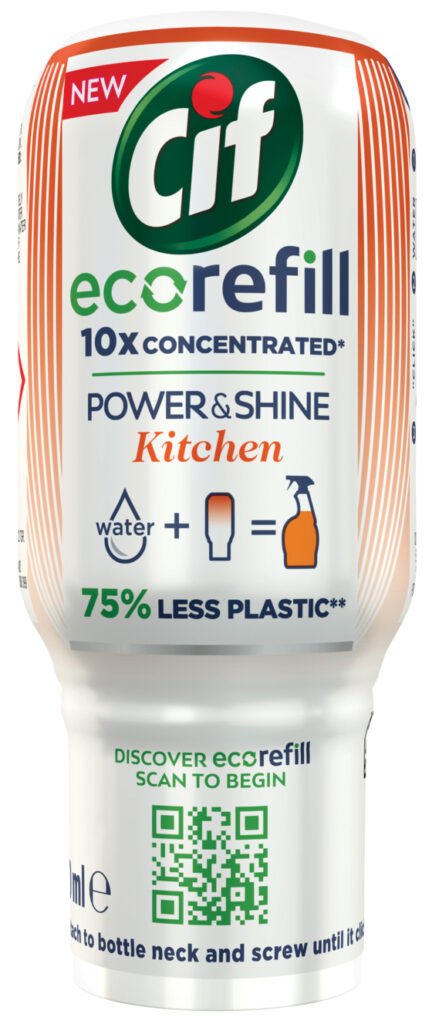Consumer Trends, Sustainability 22 August 2022
Two sides of sustainability: Challenging CPG sustainability communication
There are two important sides to sustainability for CPG businesses: What actions to take and how to tell the story of those actions to your consumers. Here we break down key takeaways for decision makers to ensure both elements are properly managed in a balanced and effective way.
Sevendots, Rome
5 minute read
In Sevendots’ extensive work on sustainability, working with large CPG companies across the globe, we have identified two important sides of sustainability that need to be recognized and properly managed. Namely:
- What actions need to be taken by your business
- How to tell the story of that action
These are both important elements that need to be balanced, though this can vary on a case-by-case basis. However, these two elements are important for two essential reasons: Firstly, consumers increasingly demand real impact be made by the brands they consume. Secondly, it is important that companies are recognized for their work, and that consumers understand the impact they are having. To ensure ‘sustainability’ is sustainable, consumers need to recognize and reward its value – sustainability should therefore be environmental, social and financial.
Meeting consumer expectations versus their understanding of what is being done is both an action and a communication challenge for brands. Below we can see a matrix outlining consumer sensitivity versus the real impact of actions taken by brands – while we can see that certain actions are very important to do when it comes to making real impact and achieving sustainability goals, consumers are sensitive to and care about some elements that may not be as impactful. Equally, what is important to get done is not always well understood by the consumer. Both the needed important actions and the story of those actions must be managed in an effective sustainability strategy.

Examples of what matters to consumers versus what is well understood
To explore this further, let’s take a look at two examples: packaging and regenerative agriculture. One is well understood by consumers but limited in impact. The other is not well understood, but highly important to achieving sustainability aims.
Packaging: highly understood, limited impact
Packaging is one of the most tangible and therefore top of mind sustainability elements for consumers. Most of us have seen the numerous images and video footage of plastic pollution in the sea, and beyond. According to the UN Environment Programme, we produce 400 million tonnes of plastic pollution each year.
Packaging is a frequent physical touchpoint for consumers – choosing a more sustainable package is an easy choice that we can feel good about. Even more so if this choice comes without any trade-offs to convenience and performance (e.g. as in the case of a fully recycled plastic bottle, which still performs well and is as convenient as any other plastic container). As an example, based on a study run by McKinsey in 2020, 70% of consumers in the US claimed that they were extremely or very worried about the impact of packaging on climate change.

Take for example Mars Wrigley UK, reducing plastic use in popular packaging. Sales Director and Interim General Manager Nick Reade has said of the initiatives:
‘Reducing our plastic use for some of our most popular items is our latest step in our ‘Sustainable in a Generation plan where we’re working towards a healthier planet.’
Nick Reade, Sales Director and Interim General Manager at Mars Wrigley UK
The initiative commits to removing 51 tonnes of plastic packaging production, the equivalent area of 90 football pitches. This also improves transportation efficiency, removing 90 lorry loads from roads.

Another example comes from Unilever’s Cif Ecorefill:
‘By adopting a ‘test, learn and refine’ mentality, we’ve developed innovative solutions that will help people cut their use of plastic for good. Our Cif Ecorefill started out as a pilot in the UK and has since been rolled out across Europe, Canada and Australia’
Richard Slater, Chief R&D Officer at Unilever
Both examples take innovative approaches to packaging changes. In a more recent release from Kraft Heinz, the company demonstrated their commitment to exploring new, more sustainable packaging options, developing a 100% recycled paper bottle. However, the move immediately heralded criticism from some sources – an example of over engineering a sustainable solution that doesn’t quite cut the mustard (so to speak). The article accuses the bottle of being little more than a PR stunt, with little tangible benefit, as there is not enough transparency regarding the chemical coating of the liner, as well as the true recyclability of the package, in the information offered in announcements. As more consumers interrogate even the more visible touchpoints, companies are tasked with providing much more transparency about what goes into each sustainability action taken.
At any rate, in the case of packaging, most action taken to improve the packaging’s sustainability credentials is quite visible and can be more easily communicated and understood by consumers. However, the impact of packaging changes such as these on the overall issue of sustainability is unlikely to be the top priority. Better packaging can reduce carbon emissions and reduce waste, but only in a limited sense.
Regenerative Agriculture: limited understanding, high impact
Regenerative Agriculture, on the other hand, has the potential to deliver a huge impact on long-term sustainability and on our global food system. Commitments to action have varied greatly from company to company, but we have noted that Nestlé, Danone, Unilever, General Mills, McCain and PepsiCo all include regenerative agriculture plans explicitly in their corporate strategies. In the case of Nestlé, there is a commitment to ensure 20% of ingredients come from regenerative sources by 2025, up to 50% by 2050, with CHF 1.2 billion to be invested in regenerative agriculture across the supply chain. This has the potential to make a far greater impact than many of the packaging changes mentioned earlier.
However, all of this is difficult to communicate to consumers, and even within the industry itself and the agricultural sector at large – Regenerative Agriculture, after all, lacks a shared definition. IFIC’s 2021 Food and Health Survey found that 42% of Americans believed that their individual food and beverage choices can have a moderate or significant impact on the environment. But only 1 in 5 know of the term ‘regenerative agriculture’.
There is an opportunity here for a large corporation to lead specific, relevant, and impactful action, and spend resources to educate consumers. But this requires a good combination of bravery and financial sense.
What can CPG brand owners do?
Life Cycle Assessment (LCA)
There is the need for an objective measurement for proper sustainability strategy implementation. The best and most effective way to approach it is the product LCA as this provides a full and complete perspective of the real environmental footprint a product has.
Educating consumers
Consumers today are eager to learn, and younger generations are more aware and confident about the difference their actions can have than ever before. Playing an active role in educating consumers is an investment that will foster consumer trust and aid in their decision making, as well as contributing towards making a real impact. As consumers recognize the value of what is done, companies will also receive the right financial return for their sustainability actions. It’s a win-win.
Take a dual approach
Whatever is presented in front of the consumer can also impact their purchasing decisions, and therefore offers a financial return. Taking a dual approach, utilizing methods like improving packaging to demonstrate clearly to the consumer the sustainability credentials of a product, can co-exist with larger scale, sustained and significant action that is then backed up by visible communication.
The Takeaway
CPG brands have an opportunity to lean into increasing consumer awareness, offering up more information about the most impactful actions that brands can take. It’s all about making the story as clear as possible – some ideas that have been floated to achieve this include adding carbon labels to products, and you might also be interested in exploring more about what it takes to communicate better with Gen Z consumers. To learn more about how to communicate about your sustainability actions to younger consumers, take a look at the blogs from our sister company The Red Flower Factory – a dedicated piece on this topic is coming on September 1st!
